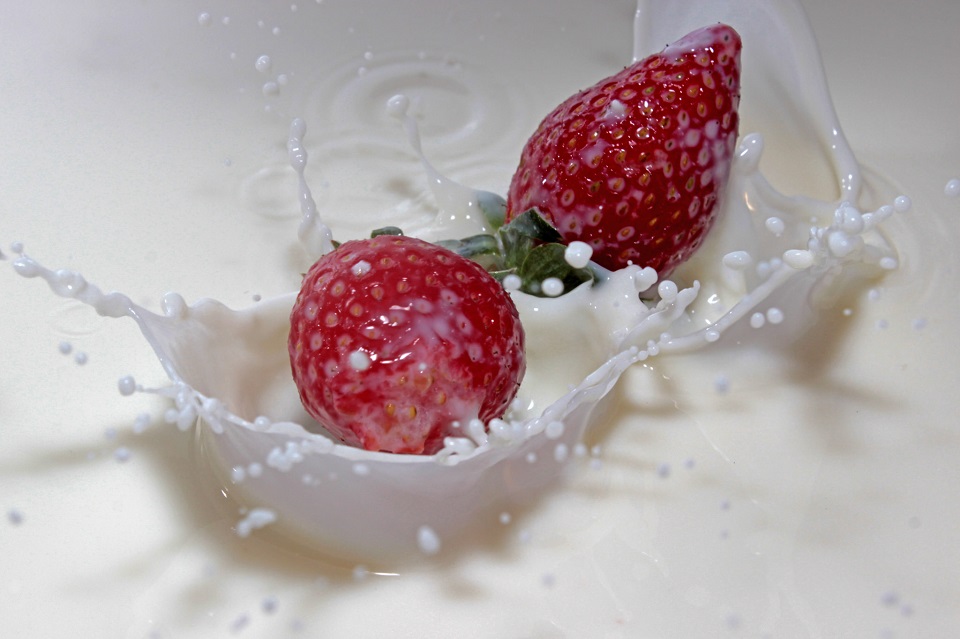
You have probably heard it before, chocolate, milk and potato chips cause acne. The influence of diet and its potential aggravation of acne has been a matter of debate for some time. If diet can affect acne has however not been scientifically verified.
With little research on the topic, no definite answer has been available. But in recent time new studies have been examining this potential link. And we will examine two of these.
Acne-promoting Effects of Milk and Other Insulinotropic Dairy Products
First, a review study conducted at the University of Osnabrück in Germany. It examined if there is a possible link between certain growth-inducing hormones (eg. IGF-I) that can be found in dairy products and the incidence of acne.
The researchers mention that although there are no randomized controlled clinical studies investigating the impact of milk and dairy products on “sebaceous gland signal transduction”. Epidemiological data and recent biochemical concepts strongly support the acne-promoting effect of milk consumption.
And on a more serious note, the researchers also mention that there is evidence for a correlation between a “western diet” with dairy products and not only acne but also diabetes and cancer.
As acne appears to be an early clinical indicator of “hyperactivated mTORC1” signaling, which is paving the way to other more serious late-onset “mTORC1-driven” typical Western diseases, such as obesity, type 2 diabetes, and cancer.
Abstract
Acne vulgaris, the most common skin disease of western civilization, has evolved to an epidemic affecting more than 85% of adolescents. Acne can be regarded as an indicator disease of exaggerated insulinotropic western nutrition. Especially milk and whey protein-based products contribute to elevations of postprandial insulin and basal insulin-like growth factor-I (IGF-I) plasma levels. It is the evolutional principle of mammalian milk to promote growth and support anabolic conditions for the neonate during the nursing period. Whey proteins are most potent inducers of glucose-dependent insulinotropic polypeptide secreted by enteroendocrine K cells which in concert with hydrolyzed whey protein-derived essential amino acids stimulate insulin secretion of pancreatic β-cells. Increased insulin/IGF-I signaling activates the phosphoinositide-3 kinase/Akt pathway, thereby reducing the nuclear content of the transcription factor FoxO1, the key nutrigenomic regulator of acne target genes. Nuclear FoxO1 deficiency has been linked to all major factors of acne pathogenesis, i.e. androgen receptor transactivation, comedogenesis, increased sebaceous lipogenesis, and follicular inflammation. The elimination of the whey protein-based insulinotropic mechanisms of milk will be the most important future challenge for nutrition research. Both, restriction of milk consumption or generation of less insulinotropic milk will have an enormous impact on the prevention of epidemic western diseases like obesity, diabetes mellitus, cancer, neurodegenerative diseases and acne.
Milk, Acne and Teenage Boys
The second study published in the May 2008 issue of the Journal of the American Academy of Dermatology, looked at the diets of teenage boys.
It is a so-called cohort study by which the researchers studied data on 4,273 boys, and looked at lifestyle factors. The data indicated a strong relationship between those who drank the most amounts of milk and those that tended to have the worst acne.
And The Conclusion Is?
We found a positive association between intake of skim milk and acne. This finding suggests that skim milk contains hormonal constituents, or factors that influence endogenous hormones, in sufficient quantities to have biological effects in consumers.
The scientific evidence, therefore, seems to support the notion that milk and dairy product do in fact affect the occurrence of acne.
But more studies are indeed warranted, especially examining if there is a direct link between hormones found in milk and acne. Perhaps there are ways of mitigating a number of hormones directly or indirectly in milk, such as reducing the incidence of milk-producing cows that are pregnant.
_______________
Evidence for acne-promoting effects of milk and other insulinotropic dairy products.
Milk consumption and acne in teenaged boys
______________________________


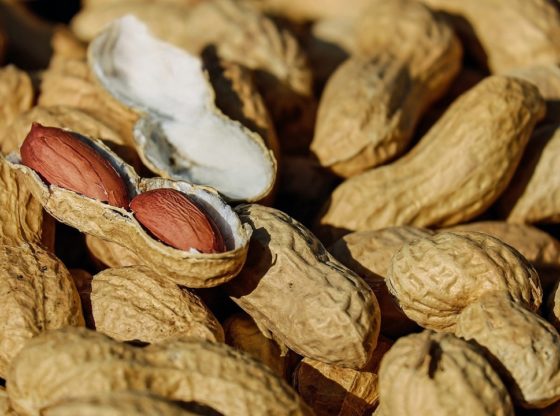
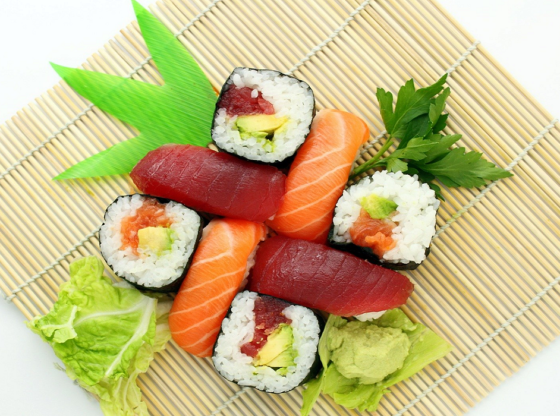




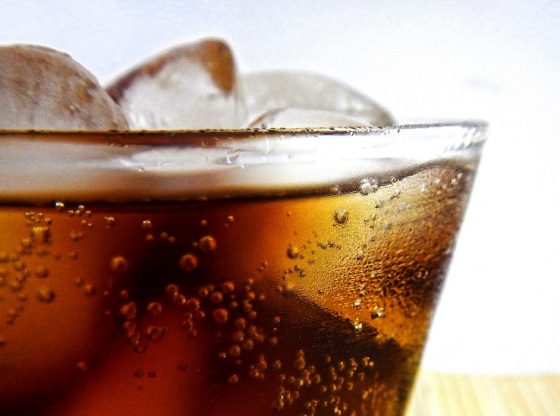
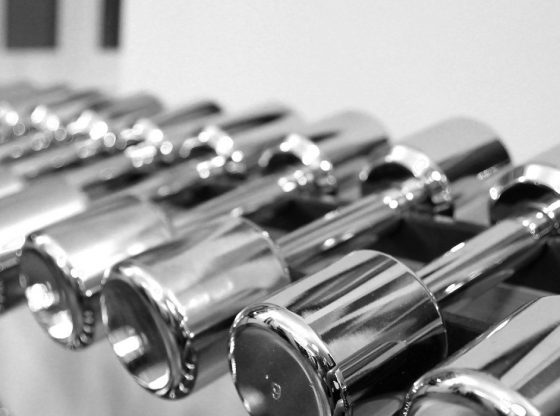

![OpenAI. (2025). ChatGPT [Large language model]. https://chatgpt.com](https://www.illustratedcuriosity.com/files/media/55136/b1b0b614-5b72-486c-901d-ff244549d67a-350x260.webp)
![OpenAI. (2025). ChatGPT [Large language model]. https://chatgpt.com](https://www.illustratedcuriosity.com/files/media/55124/79bc18fa-f616-4951-856f-cc724ad5d497-350x260.webp)
![OpenAI. (2025). ChatGPT [Large language model]. https://chatgpt.com](https://www.illustratedcuriosity.com/files/media/55099/2638a982-b4de-4913-8a1c-1479df352bf3-350x260.webp)








